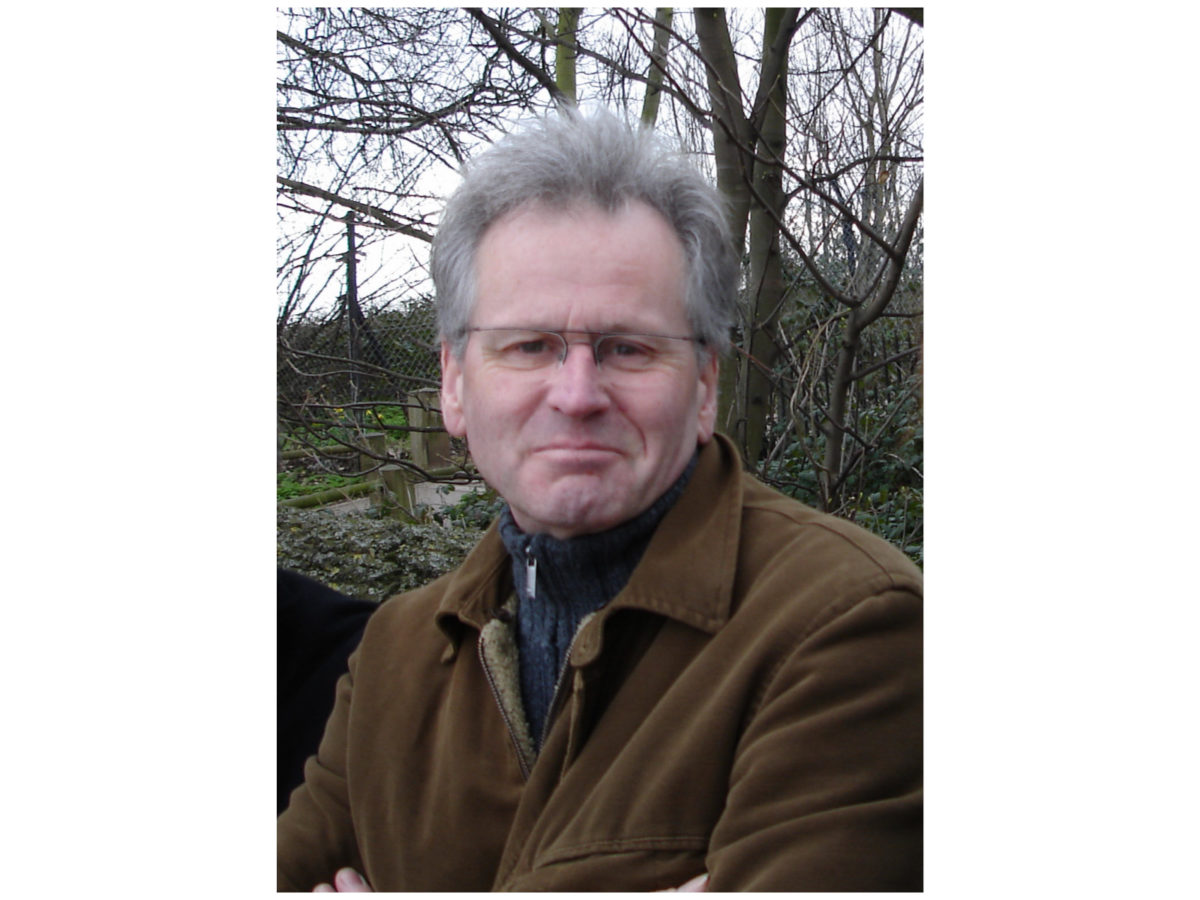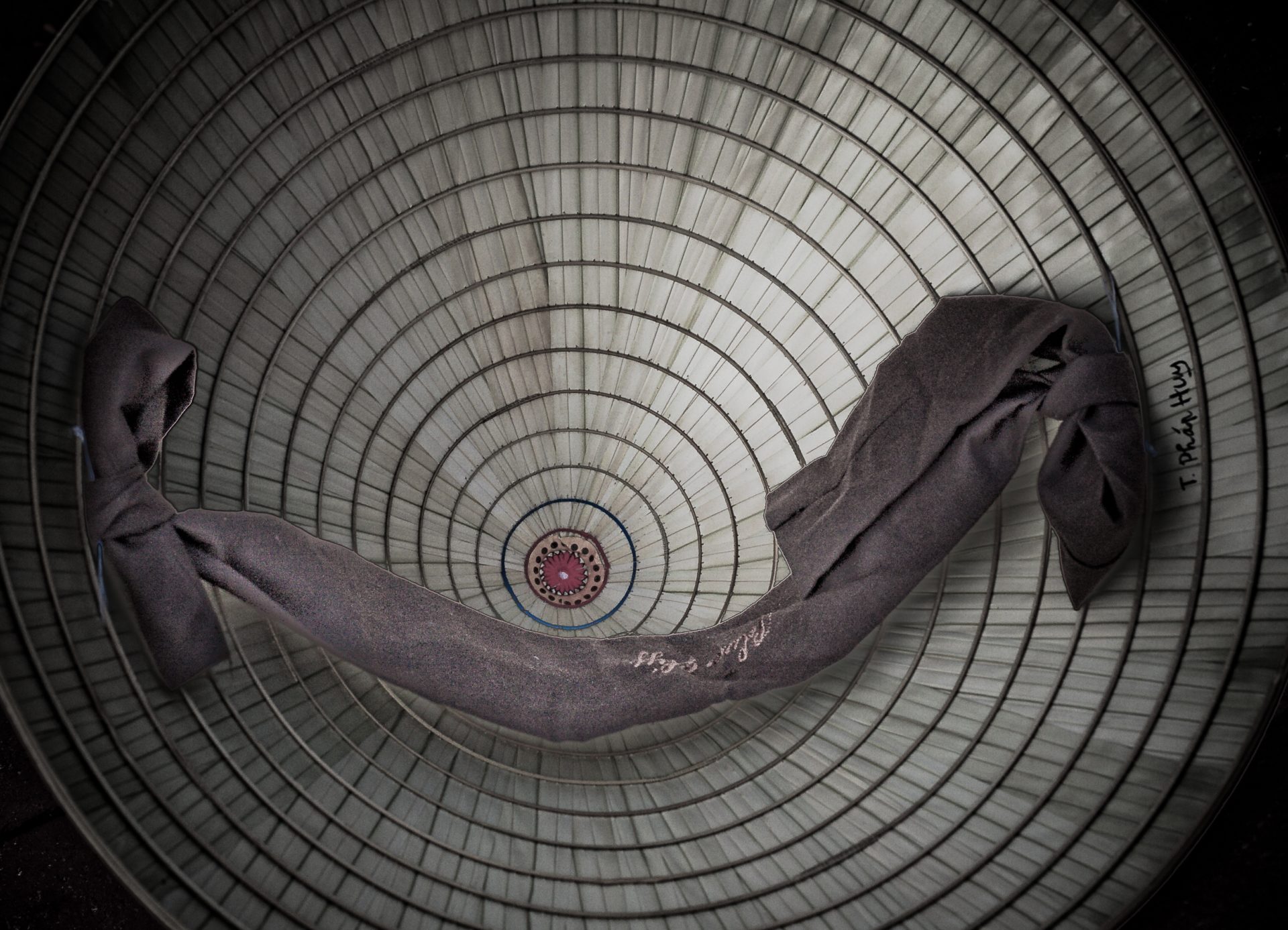By Frank Doyle
I work as a postman in South East England. My workplace consists of a small, quiet sorting office for the first part of the day, and then the High Street and the narrow streets that lead off it for the rest of the day.
I’ve been doing this job since 1979. Years ago, I worked in a larger office in a nearby town, and that was a much noisier place to be,
By Frank Doyle
I work as a postman in South East England. My workplace consists of a small, quiet sorting office for the first part of the day, and then the High Street and the narrow streets that lead off it for the rest of the day.
I’ve been doing this job since 1979. Years ago, I worked in a larger office in a nearby town, and that was a much noisier place to be, particularly at 5:00 a.m. when we started work. You wouldn’t think that we had all just woken up. In fact, when one man began working there, he remarked that he thought he had stumbled upon the annex to a lunatic asylum: music playing, shouting, insults (mostly friendly), laughter, complaints, arguments with management, none of it at all mindful. When I think back to how I behaved myself at that time, oh dear! But, as we all behaved very much in the same way, no one could see anything wrong with it.
The first time I heard about mindfulness was around 1990, when I came across a book called When the Iron Eagle Flies by Ayya Khema. The author wrote about washing dishes while washing dishes, quoting the Vietnamese Zen master Thich Nhat Hanh. This was the first time I had heard of Thay. I can remember thinking that this was an interesting idea—washing dishes while washing dishes. Ultimately, it meant being mindful all the time, something I thought only an enlightened person could do.
Having found out about Thay, I went in search of some of his books, in which he explains how mindfulness works, and that it is possible to be mindful of everything we do; we just have to practice, quite a lot.
I am now working in our reasonably quiet little office by the sea. Over time, since I have been studying Thay’s teachings and have become more committed to Dharma practice, I can see that mindfulness helps me to be more aware of what I am thinking, saying, feeling, and doing. It has helped me to accept things as they are much more easily.
As an example, I might feel that I am not happy with having to be at work, delivering mail in the wind and rain on a winter’s day. But by being mindful, I can become aware of the feelings in my body and the thoughts in my head, and say, “These are just thoughts and feelings; I don’t have to believe them; they will change anyway.” The remarkable thing is that they begin to diminish and fade away. “Hey! This really works,” I remember thinking once. Gradually, with much practice, I have been able to exchange negative thoughts and feelings for more positive ones. Now I can enjoy the work a lot more regardless of the weather; in fact, I quite like the days when the weather is really wild.

What has helped me most is being able to practice with Dharma friends. I attended an extended Day of Mindfulness led by Brother Michael at New Barn, South West England, in September 1997. The practice, the warm welcome, new friends, walking meditation in the fields, and the sound of the bell bringing us back to the present moment, all made me feel truly at home.
When I arrived back home and back at work, I decided that I would remember the sound of the bell at a couple of places on my delivery, where I could stop for a few moments, take three mindful breaths, or more, and try and be present for myself. Just stopping and taking three breaths has a wonderful effect, bringing me back to awareness, and so I am refreshed and ready to continue on my way.
At a recent retreat led by Sister Annabel, also at New Barn, she spoke about a pebble she carries in her pocket. When she feels it there, it reminds her to breathe mindfully. When she spoke about it I thought of a pebble I had at home that would be just right to use. Now I keep it in my pocket and use it during the day. It’s a reminder not only to breathe but also to come back to awareness.
On the last day of the retreat I took the Five Mindfulness Trainings. I knew that I needed to work on the fourth training, concerning mindful speech and deep listening. Mindful speech was something I felt I should be more aware of. The workplace is where I can be least mindful of what I say. Some of the topics and the language used may be acceptable to a degree in my working environment, but not anywhere else. I may find myself taking part in a conversation at work, using language that is unacceptable, and being the loudest voice, but I now am able to see what I am doing much more quickly. I’m able to see how I am watering the negative seeds within and how they affect me as they rise up. If I am aware enough, I will stop. And then, eventually, I won’t take part in unmindful speech in the first place.

Frank Doyle, Wonderful Sharing of the Heart, took Thay’s advice and started a Sangha in South East England, called the Folkestone and Hythe Sangha. He also practices with Deep Listening Sangha, a telephone conference Sangha in the UK.

